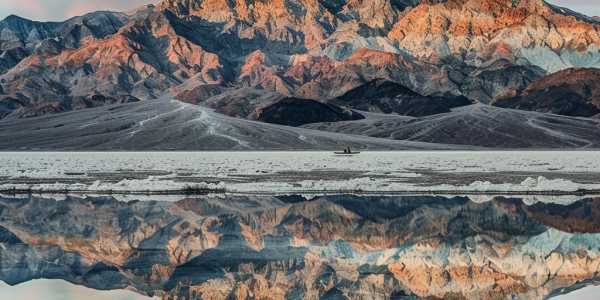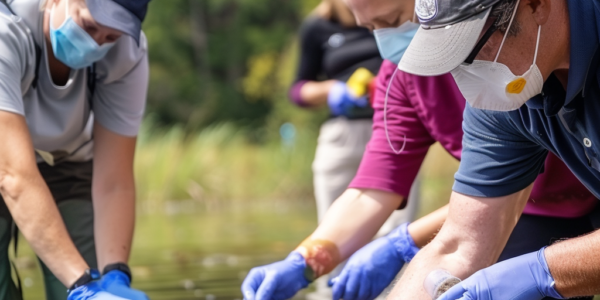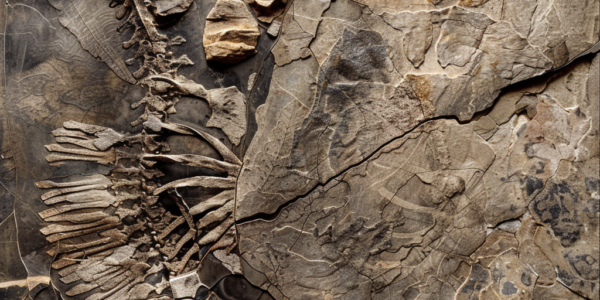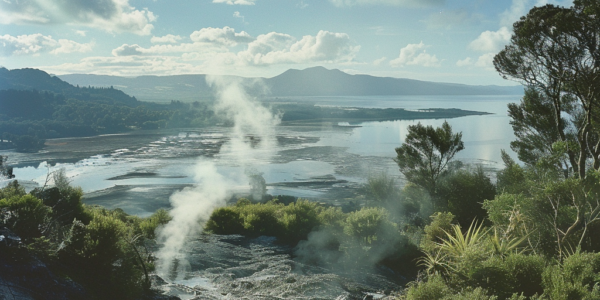NASA Satellite Images Reveal Temporary ‘Ghost Lake’ in Death Valley National Park
Discover the astonishing size of a temporary lake in Death Valley National Park, known as the driest place in North America, formed by Hurricane Hilary and intense winter storms. Explore the transformation of Badwater Basin into ‘Lake Manly’ and the surreal sight it created for park rangers and visitors. Witness the evolution of the ghost lake captured by NASA satellite images, highlighting the dynamic and unpredictable nature of natural landscapes.
Nematodes Discovered in Great Salt Lake, Challenging Long-Held Beliefs
Scientists at the University of Utah have discovered a third form of multicellular life in the Great Salt Lake – nematodes, or worms, thriving in its ultra-saline waters. This groundbreaking finding challenges long-held beliefs about the lake’s biodiversity and expands the understanding of nematode adaptability in extreme environments. The study’s use of advanced molecular techniques underscores the significance of the discovery, opening new avenues for research into the adaptability of organisms in hyper-saline environments.
Citizen Scientists Join Researchers in Groundbreaking Global DNA Collection Project
The LeDNA project is set to create the largest collection of environmental DNA (eDNA) ever gathered from aquatic environments in a single day, providing a comprehensive snapshot of global biodiversity. Citizen scientists are teaming up with researchers to collect DNA samples from hundreds of lakes across the globe, with over 500 individuals from 101 countries participating in the initiative. Environmental DNA has been instrumental in detecting endangered species and is considered a valuable asset for biodiversity monitoring, although researchers acknowledge its limitations.
Clarkia Middle Miocene Fossil Site: A Key to Understanding Life Beyond Earth
Researchers have been studying the Clarkia Middle Miocene Fossil Site in Idaho, which has provided valuable insights into ancient environmental conditions and the potential for life on Mars. The well-preserved fossils dating back over 11 million years have become a focal point for studying the potential for life on other planets, particularly Mars. The site’s sediments have been used to study biomarkers, offering valuable information about Earth’s history and ancient environmental conditions on Mars. The research conducted at the site represents a significant step forward in our understanding of potential life beyond Earth, paving the way for new insights into the search for extraterrestrial life.
New Maps Reveal Lake Rotorua’s Hidden Depths And Hydrothermal Systems
New maps of Lake Rotorua’s bathymetry reveal hidden depths, pockmarks, and evidence of an ancient river, providing insight into the region’s geological history. The maps also show an active underwater hydrothermal system near Sulphur Point, shedding light on the lake’s ecosystem and geothermal system. GNS scientists have conducted surveys to better understand the lake’s sublacustrine hydrothermal system, empowering them to model the intricate workings of the Rotorua geothermal system.





